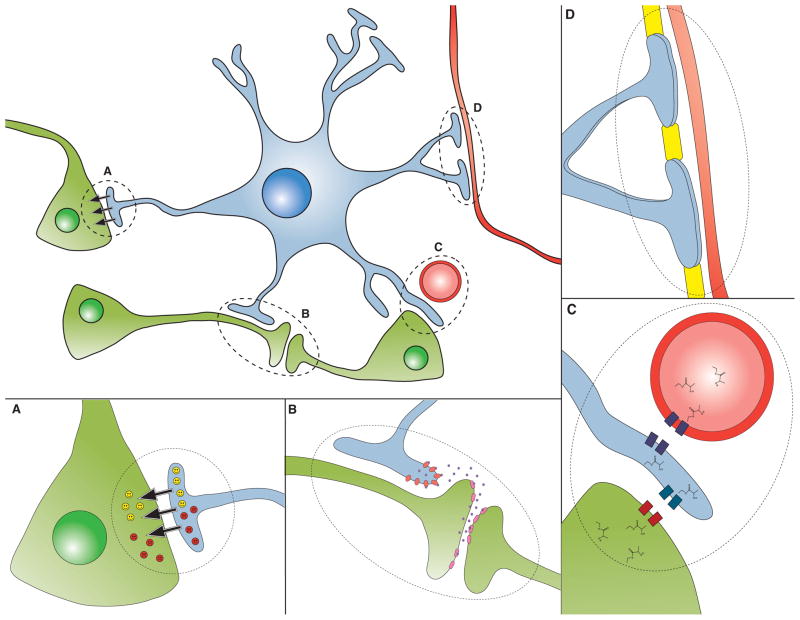Figure 2. Astrocyte dysfunction in neurodegenerative disease.
Astrocytes perform a variety of functions reflecting their communication and close interactions with neurons. Here we see a representative astrocyte (blue) engaging in various activities, which when disrupted or altered, can lead to dysfunction and degeneration of neurons (green):
A) Astrocytes (blue) release neurotrophic factors (yellow smiley faces), and loss of neurotrophic factor release has been implicated in a number of neurological disorders. Alternatively, astrocytes can release toxic factors (red frown faces), which are believed to be a feature of motor neuron disease and possibly other disorders, as delineated in the section on ‘Astrocyte-derived toxicity’.
B) Neurons (green) release neurotransmitters to propagate signals between each other, and these neurotransmitters must be removed from the synaptic cleft in order to prevent persistent activation, a pathological process known as “excitotoxicity”. Astrocytes (blue) have transporters on their cell membranes to mediate neurotransmitter uptake, and impairment in neurotransmitter uptake by astrocytes can contribute to neuron dysfunction and degeneration.
C) Astrocytes (blue) shuttle metabolites (e.g. lactate) between blood vessels (red) and neurons (green), as shown here. Disturbances in this metabolic coupling can result in neuron dysfunction.
D) Astrocytes form the blood brain barrier in cooperation with cells lining blood vessels. The breakdown of the blood brain barrier at the level of the astrocyte may also occur in certain neurodegenerative diseases.

